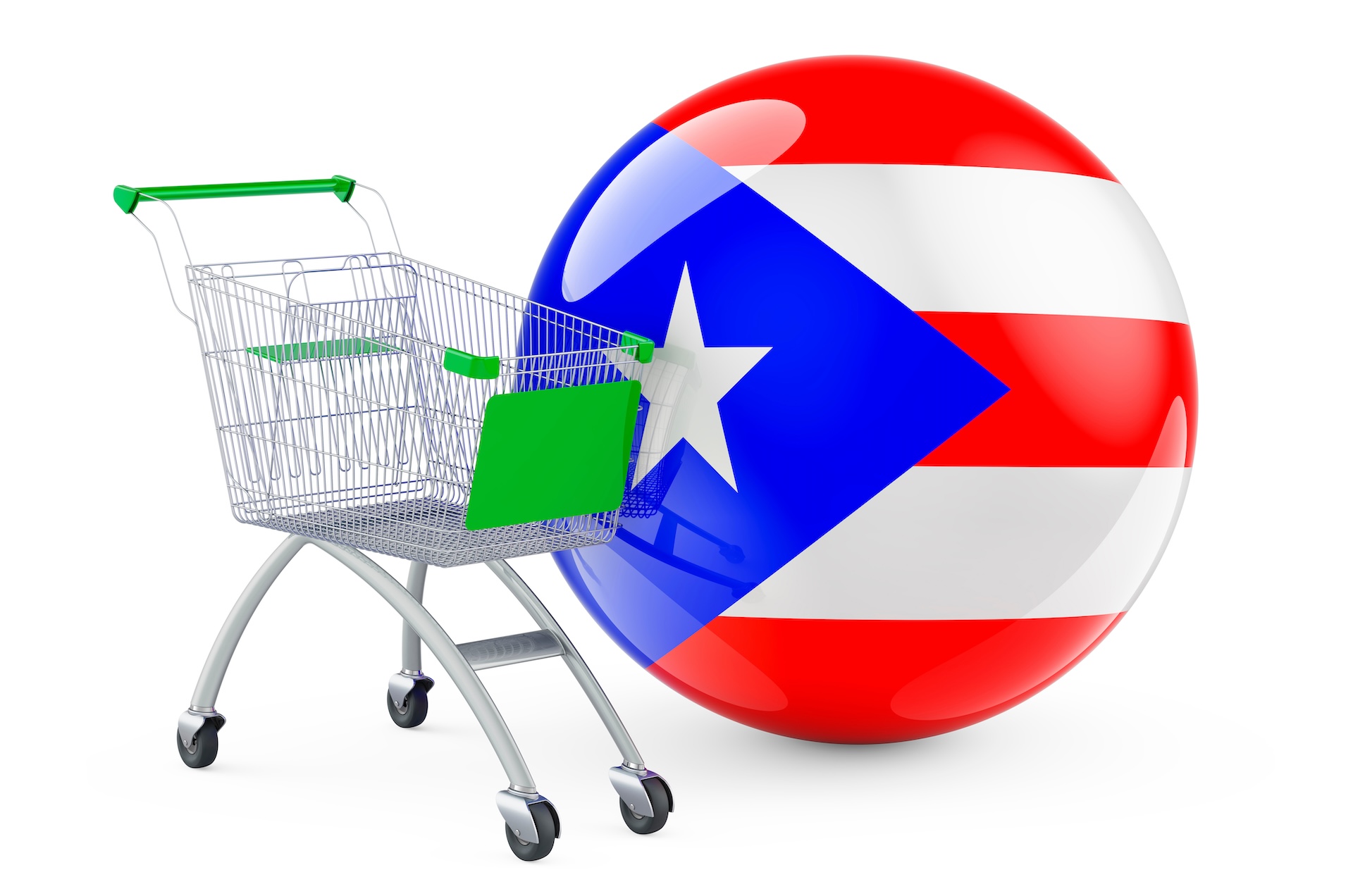When one country aggressively sends settlers who take possession of another – usually distant – area, it becomes a colony.
Puerto Rico is an example. Spain sent people to build and live in cities in Puerto Rico during the 15th century. Spain claimed ownership of the land and set up a government in Puerto Rico. Four centuries later, Spain gave Puerto Rico to the United States, and the U.S. promptly installed its own governor.
Under U.S. law, Puerto Rico has been a territory of the United States for 125 years. The United States appointed governors in Puerto Rico until the middle of the 20th century, when the voters of Puerto Rico were given the power to elect their own governor. Puerto Rico still belongs to the United States.
Compare the case of Puerto Rico with that of Texas. Texas was also a Spanish colony, or rather part of New Spain, which was a colony of Spain. When Mexico, another Spanish colony, gained independence from Spain, Texas was part of Mexico. Texas then gained independence from Mexico and was an independent nation until it decided to request statehood.
Settlers from the United States had moved into Texas before it became a state, but those settlers did not represent the U.S. government and the United States never claimed ownership of Texas, so Texas never had a colonial relationship with the United States.
While nations all over the world took on colonies, especially during the 14th through the early 20th centuries, European nations in particular had colonized most of the world by 1914. Later in the 20th century, most colonies had either become independent or integrated into the nations they had affiliated with as colonies. Texas first became independent and then chose to become part of the United States.
Puerto Rico voted in 2012 , 2017, and 2020 to become a state — that is, part of the United States rather than a possession of the U.S. — but is still a possession of the United States.
Population Growth and Transitions
If an Earth nation claimed ownership of the moon and sent people to live there, the moon would become a colony of that nation. Establishing a colony on the moon, however, would have one enormous difference from the colonies established on the Earth: the moon is not, as far as we know, inhabited.
Texas was inhabited by the Comanche, Apache, Caddo, and many more groups of Native Americans before the Spanish settlers arrived. By the time people from the United States began moving into Texas, the Tejano people had lived there for centuries. They were descended from the Spanish colonists, but they were the local people when settlers from the United States moved in.
By now, according to Census data, about 40% of the population of Texas is Hispanic, about 40% non-Hispanic white, 13% Black, and just 1% Native American. This kind of shift in population is predictable in a colony.
Puerto Rico was inhabited by the Taino people when the Spaniards arrived, but the population of Taino was almost entirely replaced by Europeans. Census data shows that the population of Puerto Rico now is about 99% Hispanic. Within that group, 10% identify as Black and 51% as White, with 17% describing themselves as having mixed heritage. The Spanish colonizers replaced the indigenous people, but settlers from the United States did not replace the descendants of the Spanish in Puerto Rico as they did in Texas.
Resources and Military Strength
Colonies provide homes in new locations for the empires that own them. Colonial possessions also often provide natural resources previously unavailable to the colonizers. The European explorers of the Age of Discovery found gold and other precious minerals in the New World, as well as new plants and animals that created wealth for the colonizers. These outposts also provided military advantages in times when transportation and communication from one country to another was challenging.
Spanish explorers in Texas found silver, though not the gold they were hoping for. Texas also provided strategic benefits in the conflict between Spain and France in the New World. Later, Texas offered lots of arable land to settlers from the states.
Spanish explorers were hoping for gold in Puerto Rico, too, but the island instead became economically important for its production of sugar, coffee, and tobacco. Puerto Rico was also an important strategic location for Spain, and Vieques provided a temporary base for the United States Navy.
For classroom discussion
Compare Texas and Puerto Rico. Use a Venn diagram to capture the things that are the same about the two places (both were Spanish colonies, for example) and the things that are different (Texas is a state, while Puerto Rico is a territory). Have students research the two places, noticing their history, political status, economic situation, and cultural aspects.
Download a printable PDF: Puerto Rico vs. Texas
Note that Texas was a colony, then an independent nation, and then a state. Puerto Rico was a colony, but was never an independent nation and is still a possession of the United States. The United States laid claim to Puerto Rico, and installed its own governor, but did not send settlers to replace the local people as the Spanish colonizers did. This type of population change did take place in Texas, though the U.S. did not claim ownership of Texas.
Texas is on an equal footing with the other states and Texans are citizens of the United States, with full protection under the U.S. Constitution and full participation in the federal government. Puerto Rico, as an unincorporated territory, does not have equal rights or equal protection under the Constitution. Puerto Ricans are U.S. citizens but cannot vote in presidential elections and do not have the representation a state has in the federal government.
Given this information, have students write their answers to the question: Is Puerto Rico a colony?



